In the last column, I covered the golden, silver and bronze ages of comics. For a while, the consensus among professionals and critics was that the next age of comics was the modern age. However, the longer it’s been, the more things have changed, and there comes a point when the current age of comics could not have kicked off in the late 1980s. I’d like to argue that there have now been several eras since the Bronze Age.

The Dark Age (1987-2000)
The Bronze Age ended with the double whammy of two of the most important comic books ever: Watchmen and The Dark Knight Returns. This all occurred during what was widely acknowledged as the best year in comics: 1986. An immediate result was an attempt by the rest of the industry to imitate the surface elements of those classic stories. Superhero comics got a lot darker. Some of these stories were good; some were not. The entire DC Universe was rebooted after Crisis on Infinite Earths, the first full reboot since the beginning of the silver age (as a rule of thumb, if there are major reboots, it might indicate the beginning of a new age). Writing for Comics Alliance, Chris Sims suggested “the sole reason for it is that they wanted to be more like Marvel — they even did it as a twelve-part world-shaking event because that’s what Marvel had done a year earlier with Secret Wars — and all the evidence you need to know that’s true is in how they rebuilt.”
I’m not the first to suggest that what we think of as the modern age of comics is the dark age. Journalist Mark Voger wrote a book on it. The phrase dark age can have dual meanings. Superhero comics started out often darker than what fans had been used to, so it fit in that way. In the space of little over an year in the Spider-Man comics, a long-standing character was killed in Berlin when his neck was slit, Spider-Man was tricked into killing an ex-girlfriend of Wolverine’s in a suicide by a cop style arrangement, he was buried alive by a villain who would go on to commit suicide, he found himself institutionalized, he learned that he had crippled a former enemy, and encountered a bigger nastier doppelganger. Venom and spinoff villain Carnage would be two of the most consequential characters of the era.

In the early 90s, several of the most popular Marvel artists, including Spider-Man artists Todd McFarlane and Erik Larsen went and formed a new comics company with Image. The reputation of comics at the time, as Marvel tried to ape the surface elements of successful books by artists turned writers gets to the other definition of dark age, “a period of intellectual darkness and barbarity.”
It’s a reason the 1990s are widely considered one of the weakest decades in comics, something that also applies to the Spider-Man comics. There were some decent stories, especially when JM DeMatteis was writing the character, but it also includes Maximum Carnage, Peter Parker Now More!, the Clone Saga, Chapter One, and the Mackie relaunch. During this era, we saw Peter grow and get older. He got married to Mary Jane. His best friend died. Aunt May died. He and MJ learned that they were going to be parents, just when someone else had come by to take over as Spider-Man.
This was a period marked by crossovers, when it was often impossible to follow just one title. This was especially true during the Clone Saga, a two year mega-arc in which Peter Parker learned that he might not be the real Spider-Man. From Amazing Spider-Man #394, the first issue with the Clone Saga, to Amazing Spider-Man #417, a chapter of the Revelations crossover that ended the Clone Saga, at least 18 issues were crossovers with at least one other Spider-Man title. This was part of Marvel’s attempt at duplicating the success of DC events like the Death of Superman and Knightfall, although it is worth noting it worked initially. As Editor Glenn Greenwald recalled in the Life of Reilly series—an exploration of what was going on behind the scenes at the Spider-Man offices during the Clone Saga- it had an immediate positive effect, although this was not sustainable.
I feel the need to point at that, despite popular belief, the clone saga significantly boosted sales on the Spider-Man books. At a time when the comics industry was starting to head downward, with sales dropping across the board on every title, the Spider-Man line was bucking the trend, with sales holding steady and even increasing each month. Of course, the downside to it was that everyone on the business side of Marvel was pushing us to keep the clone saga going for as long as possible, to milk it for all it was worth. Looking back, I can understand their position – the clone saga was one of the very few things that was actually working in the comics industry at the time, and there was a great deal of fear that the sales would drop like an anvil once the storyline was over. But of course, unnaturally prolonging what was at its essence a very finite storyline was extremely short-term thinking, and the kind of approach that could hurt the entire franchise. We (the editors and the writers) knew this, but the sales and marketing departments wielded a lot of power and influence at that time, and we had little choice but to follow their lead. Which is why Marvel was doing so many gimmick covers and “Alpha” issues and “Omega” issues and multi-part crossover storylines and… well, you get the idea.

While ongoing series were more convoluted, there had been a few standalone graphic novels and mini-series that served as a way to introduce readers to well-known characters, like Jeph Loeb and Tim Sale’s Superman For All Seasons, or the Batman anthology series Legends of the Dark Knight which produced memorable arcs like Grant Morrison and Klaus Janson’s Gothic, and Matt Wagner’s Faces. Unfortunately, this was an area where Spider-Man wasn’t as well represented as Batman and Superman, partly due to the focus on the character’s private life, which calls for greater issue to issue continuity. The best option for fans of the character in this category was TPB length stories in Amazing Spider-Man and Spider-Man (Return of the Sinister Six, Torment, Invasion of the Spider Slayers, etc.)
Some of the best-regarded Spider-Man comics during this period were attempts to go against the grain. Kurt Busiek and Pat Oliffe’s Untold Tales of Spider-Man had an old fashioned approach, and a focus on Spider-Man’s high school days. Deadpool #11 had Deadpool subbing in for Spider-Man during a Lee/ Romita adventure. Mike Wieringo brought a cartoony approach to the character in his Sensational Spider-Man run with writer Todd DeZago.
The Cinematic Age (2000- Present)
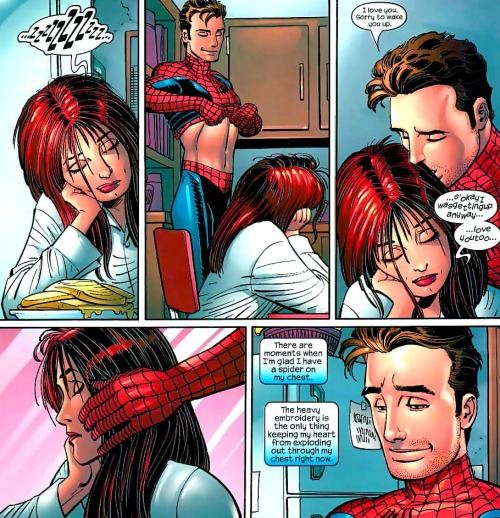
Around the turn of the millennium, major changes occurred in comics publishing. One of the precursors was The Authority, a mature readers superhero series by Warren Ellis and Bryan Hitch, which augured a rise of widescreen or cinematic storytelling. The follow-up run by Mark Millar and Frank Quitely was also quite influential.
I’ve argued before that Ultimate Spider-Man #1 might have been the most important comic book of the 2000s. It was a 48 page story about a new version of Peter Parker bitten by a radioactive spider, allowing Marvel to reboot Spider-Man while still publishing the old version. It’s considered an example of “writing for the trade” although the claim is a bit misleading, since there are some resolutions in the first issue. However, it would be several issues before he puts on the Spider-Man costume, and decides to become a superhero. There are no thought bubbles or narration, suggesting a comic that could be adapted to a film with barely any changes. It’s kinda telling that one of the most important Spider-Man writers of the era—J. Michael Straczysnki—was largely known for his film and television work.
In his book Writing For Comics, Peter David—a writer who has maintained a career in comics from the bronze age until the present—described the cinematic style.
The difference between those days and now is that the origins would be told within the stories of six pages. Nowadays, however, the same origins can take up to six issues. Fans refer to this as “decompressed” storytelling, as if their story is expanded for the sake of expansion. It’s not “decompressed” storytelling. It’s cinematic storytelling.
One of the markers of comics in the era is the lack of exposition, which some critics say is the loss of the narrative tricks that makes comics unique. Printing has gotten better, as has coloring, allowing for art that is more precise, which negates the need for writing that explains what’s on the page. This also leads to more detailed art. As Erik Larsen noted, this often leads to slower artists.

The most significant change in publishing was with the trade paperback program. Every issue of Bendis’ Ultimate Spider-Man was reprinted as a trade paperback. This also occurred with J. Michael Straczysnki’s run of Amazing Spider-Man. A handful of Paul Jenkins’s early issues weren’t collected but it did quickly become the norm. This is a different way of reading comics. In previous years, there had been fans who hunted down back issues to better understand a series’ backstory, and there were some books that were difficult to understand without that background information. Now there was a readily available place to start reading a series, so some writers could operate under the expectation that readers were caught up on previous adventures. While it was an era of slower artists, two of the most prominent pencilers on the Spider-Man books at this time—John Romita Jr and Mark Bagley—were quite prolific, allowing for the initially sparse Spider-Man TPB catalog to quickly fill up. In later years, the ability to read comics digitally, either by owning digital copies or subscribing to a service like Marvel Digital Comics Unlimited, has served similar functions in making it easier for readers to catch up in a way that immediately benefits Marvel’s bottom line. The comics publishers didn’t benefit as much from the back issue market, which has taken a major hit thanks to greater availability of reprints, as well as the online market which makes it easier for readers to find the lowest price for a given issue.
It was very much an era of the writer. There were events and crossovers, although it was understood that the most important tie-ins were by the writer of the main event (IE- If you’re reading Blackest Night, the Geoff Johns tie-ins may impact the main narrative, and if you’re reading Secret Invasion, the Bendis written Avengers and New Avengers issues are the ones that could matter.) A few of these writers would have significant creator-owned runs, with Robert Kirkman writing Invincible, The Walking Dead and others for Image, after some earlier work for Marvel (including a two year Marvel Team-Up run) and Brian K Vaughan writing Y The Last Man, Ex Machina and Saga, after some brief work for hire including the mini-series Spider-Man Doctor Octopus Negative Exposure.

Spider-Man joined multiple superhero teams including the Avengers and the Future Foundation, a spinoff of the Fantastic Four. Jonathan Hickman’s Fantastic Four/ Future Foundation and Avengers stints were the platonic ideal of the era: runs with a complete beginning, middle and end that could be viewed as thousand page graphic novels, even if these were characters who had been having adventures for decades, and would likely go on to do it for decades more.
While Spider-Man popped up in many titles, it was usually possible to just follow one book. JMS’ Amazing Spider-Man rarely referenced other Spider-Man books, although it tied into New Avengers and Civil War. Later, the satellite books were cancelled, to increase the schedule of Amazing Spider-Man, which initially had a rotating team of writers, but then was largely under the purview of Dan Slott. The satellite books have returned with Spider-Man/ Deadpool and Peter Parker the Spectacular Spider-Man, although their impact on the main book is negligible.
Ultimate Spider-Man lasted for 160 issues, before that version of Peter Parker was killed off, and Miles Morales took over. One More Day reversed the spider-marriage. With the Brand New Day era, editor Stephen Wacker pushed for the Spider-Man books to go against the grain with stories that weren’t written for the trade, although every issue has been collected that way.
What’s Next?
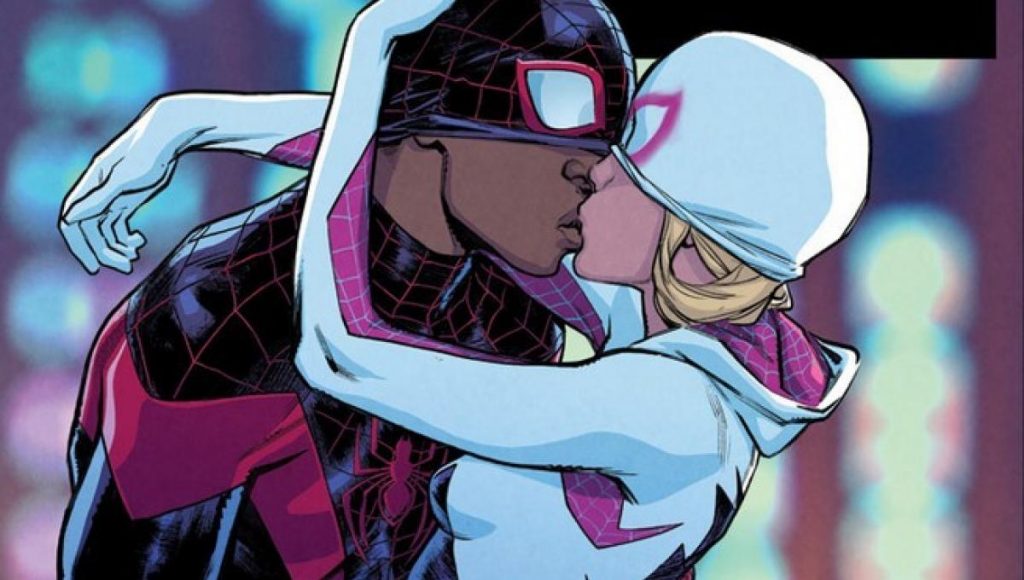
It will take some time to recognize a new era. The monicker the Silver Age was coined in a fan letter in 1966.
One recent major development has been an increased focus on diversity, both in terms of characters and creative teams. Spider-Man suddenly has a younger biracial counterpart (who will star in a new movie) who joined the classic Marvel Universe after the Ultimate Universe ended (which may end up being a marker that a new era has started.) The series Spider-Gwen turns the most famous victim in comics into someone with her own agency, influenced by the Mark Webb films which turned Gwen Stacy into a co-lead. The new MCU Spider-man films feature multiple African-American love interests for Peter Parker, whose school has a diversity that more closely resembles Queens today.
The emphasis on different backgrounds extends to creative teams. It is seen as important that G Willow Wilson—who writes a Muslim teenager in Ms. Marvel—is herself a Muslim woman, and that Jason Reynolds—who wrote a bestselling novel about Miles Morales—is African-American. Prominent critics do audits of the ethnicities and genders of the superheroes who have solo books, as well as the writers and artists involved.
It could be that the emphasis on diversity will be what defines a new era of comics, but at this point, we really don’t know. It might not last long enough to be an age, or there could be a bigger change down the corner. DC had the Rebirth relaunch, and Marvel’s kicking off with Legacy, so if these take off that might kick off a new era, defined by major changes we won’t appreciate until 2020.
Do you agree with this take on the eras of American superhero comics? If not, how do you think it breaks down? Are there other developments that deserve special attention? And do you have any guesses on what the next era of comics will be like? If so, hit the comments section.

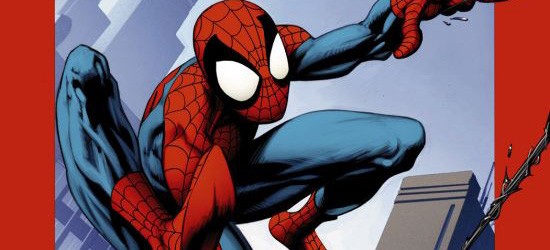
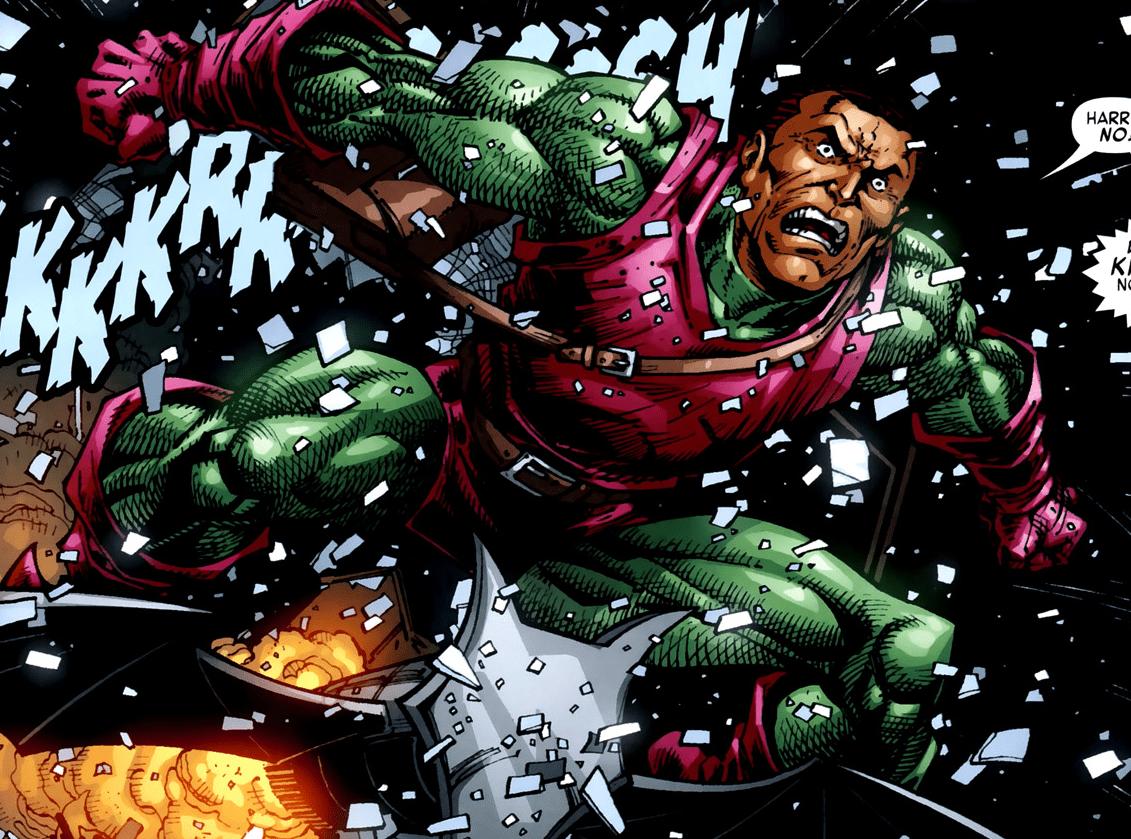
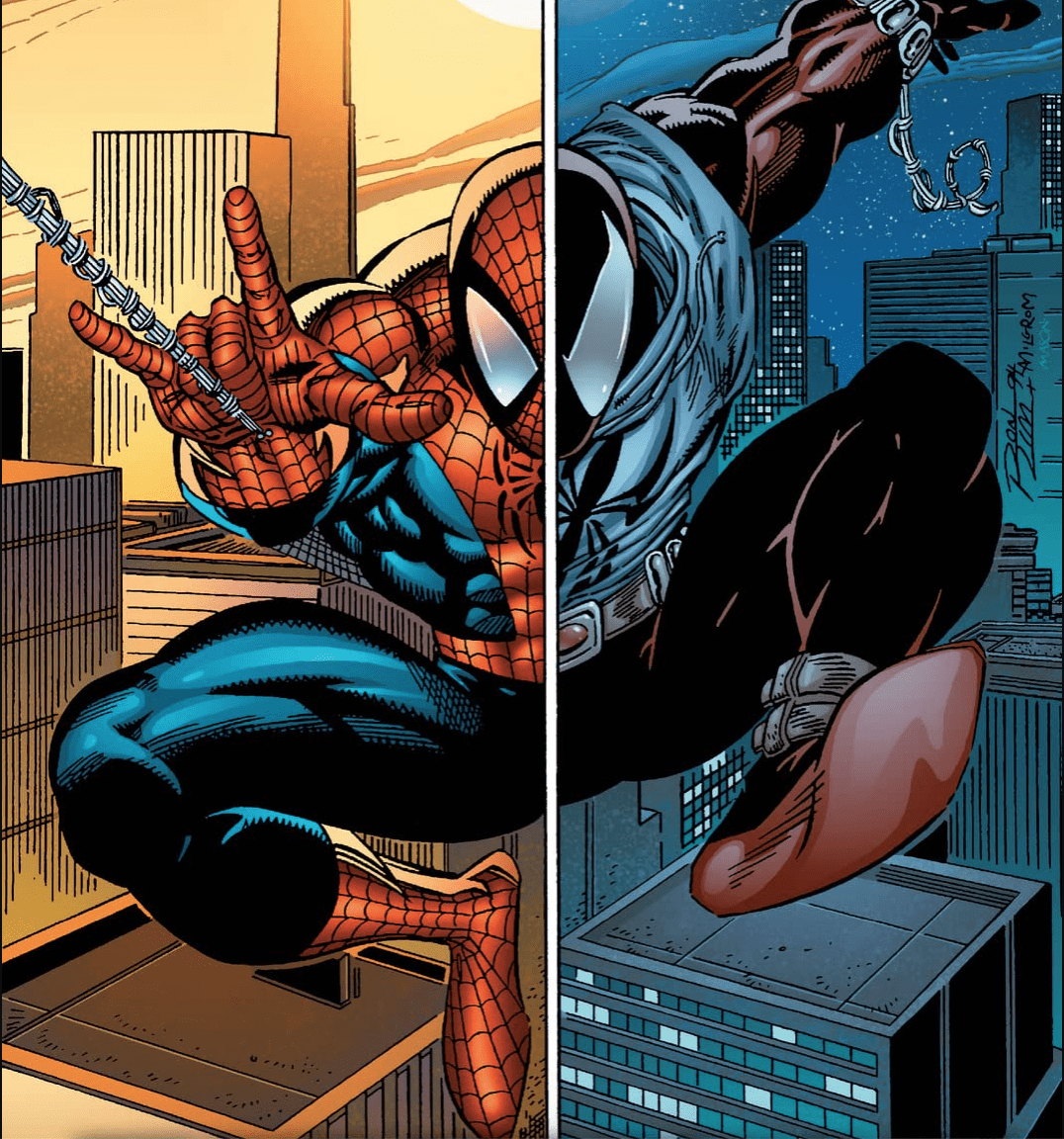
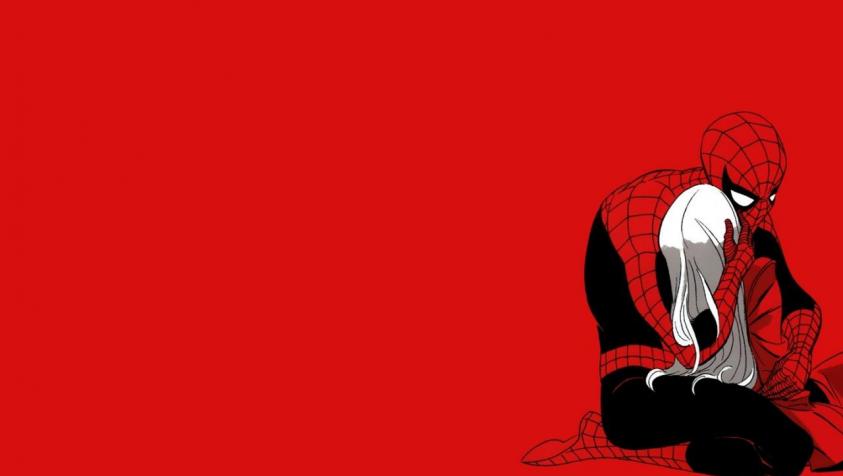





Are we undergoing the diversity era? Hard to say.
Either way, this is a very thorough text with an excellent approach to theme and proposes an analysis how it affected Spider-Man.
Also, it delivers food for thought as to why Comics are the way they are in these times.
Excellent approach.
I have to agree with Xon on the Diversity issue here. It’s not diversity itself and the characters themselves that are the problem…the problem is that Marvels heavy handedness and over politicized characterization is what is damaging them and Marvel.
The story teling and art at Marvel these days is also sub-par and needs to be vastly improved IMHO also if Marvel wishes to see a significant positive turn around with their brand.
The metallic monikers will have to go away some time, since the symbolic quality of the metals keeps deteriorating (gold to silver to bronze — eventually reaching Dirt? The Dirt Age?).
The elimination of thought balloons and narrations is a bad thing, since they are what make comics more like literature. Maybe people wouldn’t squawk so much over the over-priced magazines if they got more — text as well as pictures — for their money.
I’m not sure if this diversity wave is going to last. With Marvel Legacy and such, it appears that Marvel is recognizing it went overboard with the push on diversity. Only Time will tell what era we are on. Maybe this is the era of increasing price and lower sales or recycling ideas 😛 There hasn’t been anything momentous to define a clear improvement
Speaking of art evolution I would like to see an article on how comic book art has changed and why. I kinda miss how comic book used to look like comic books, with the simple inking and what not. Has this improved printing the reason comic books are now $5?
And also I may be wrong, but didn’t Watchmen start the whole “not using thought bubbles?” trend?
Great article as always